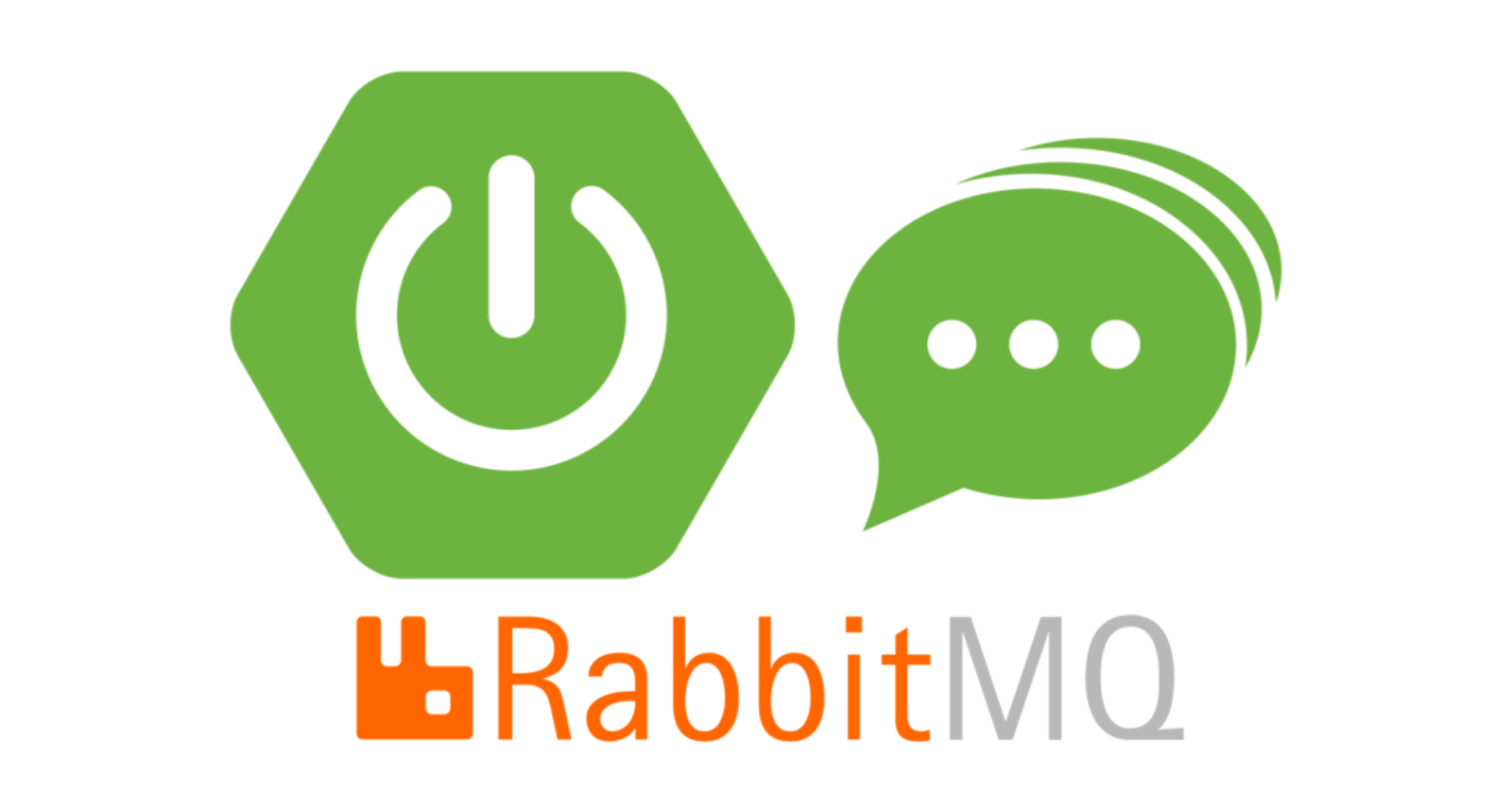Implementing a Simple RabbitMQ Solution in Spring Boot
RabbitMQ is a powerful message broker that enables communication between different systems in a distributed environment. When combined with Spring Boot, a popular Java framework for building microservices, RabbitMQ provides a robust messaging solution for asynchronous communication between services. In this article, we'll explore how to implement a RabbitMQ solution in a Spring Boot application.
Prerequisites
Before we begin, ensure that you have the following prerequisites installed:
- Java Development Kit (JDK)
- Apache Maven
- RabbitMQ Server
Setting Up RabbitMQ
First, make sure you have RabbitMQ installed and running on your local machine or a server. You can download and install RabbitMQ from the official website or use a Docker image for easy setup. Alternatively, follow our step-by-step guide to get RabbitMQ installed.
Once RabbitMQ is up and running, access the RabbitMQ management console using your browser (usually available at http://localhost:15672) and log in with the default credentials (username: guest, password: guest).
Creating a Spring Boot Project
Let's create a new Spring Boot project using Spring Initializr. You can use your preferred IDE or the Spring Initializr website (start.spring.io) to generate the project. Include the following dependencies:
- Spring Web
- Spring for RabbitMQ
After generating the project, import it into your IDE.
Configuring RabbitMQ Connection
In your Spring Boot application, you need to configure the connection to RabbitMQ. Open the application.properties file and add the following properties:
spring.rabbitmq.host=localhost
spring.rabbitmq.port=5672
spring.rabbitmq.username=guest
spring.rabbitmq.password=guest
These properties define the RabbitMQ server connection details.
Creating Message Producer
Next, let's create a message producer component that sends messages to RabbitMQ. Create a new Java class MessageProducer:
import org.springframework.amqp.rabbit.core.RabbitTemplate;
import org.springframework.beans.factory.annotation.Autowired;
import org.springframework.stereotype.Component;
@Component
public class MessageProducer {
@Autowired
private RabbitTemplate rabbitTemplate;
public void sendMessage(String message) {
rabbitTemplate.convertAndSend("exchange", "routingKey", message);
System.out.println("Message sent: " + message);
}
}
Replace "exchange" and "routingKey" with the appropriate exchange and routing key names in your RabbitMQ setup.
Creating Message Consumer
Now, let's create a message consumer component that listens for messages from RabbitMQ. Create a new Java class MessageConsumer:
import org.springframework.amqp.rabbit.annotation.RabbitListener;
import org.springframework.stereotype.Component;
@Component
public class MessageConsumer {
@RabbitListener(queues = "queue")
public void handleMessage(String message) {
System.out.println("Received message: " + message);
}
}
Replace "queue" with the name of the queue you want to listen to in your RabbitMQ setup.
Sending and Receiving Messages
Now, you can use the MessageProducer component to send messages and the MessageConsumer component to receive messages within your Spring Boot application.
import org.springframework.beans.factory.annotation.Autowired;
import org.springframework.boot.CommandLineRunner;
import org.springframework.boot.SpringApplication;
import org.springframework.boot.autoconfigure.SpringBootApplication;
@SpringBootApplication
public class RabbitmqDemoApplication implements CommandLineRunner {
@Autowired
private MessageProducer messageProducer;
public static void main(String[] args) {
SpringApplication.run(RabbitmqDemoApplication.class, args);
}
@Override
public void run(String... args) {
messageProducer.sendMessage("Hello, RabbitMQ!");
}
}
When you run your Spring Boot application, it will send a message to RabbitMQ, and the MessageConsumer component will receive and print the message.
Conclusion
In this article, we've demonstrated how to implement a RabbitMQ solution in a Spring Boot application. By leveraging RabbitMQ's messaging capabilities and Spring Boot's ease of development, you can build scalable and reliable microservices that communicate asynchronously. Experiment with different messaging patterns, error handling strategies, and scalability options to tailor the solution to your specific requirements.
